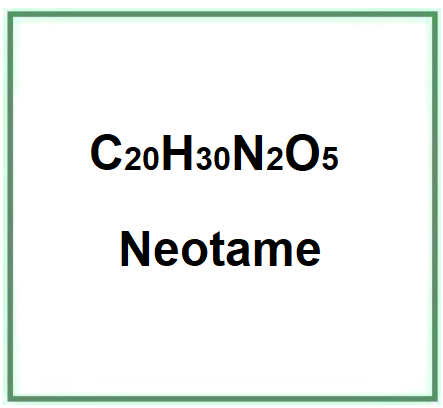![]() E961
E961
Rating : 7
E961 (Neotame) is a methyl dipeptide ester and is obtained by a chemoenzymatic reaction process between 3,3-dimethylbutyraldehyde and aspartame. The resulting product is then purified, subjected to drying and subsequent grinding.It appears in the form of a white powder. What it is used for and whereFoodIngredient listed in the European food ad... (Read the full Tiiip)
8 pts from Whiz35
| Evaluate | Where is this found? |
| "Descrizione" about E961 Review Consensus 8 by Whiz35 (11988 pt) | 2023-Apr-27 11:26 |
E961 (Neotame) is a methyl dipeptide ester and is obtained by a chemoenzymatic reaction process between 3,3-dimethylbutyraldehyde and aspartame. The resulting product is then purified, subjected to dr ...
| Read the full Tiiip | (Send your comment) |
Read other Tiiips about this object in __Italiano (1)
Component type: Chemical Main substances: Last update: 2023-04-27 11:25:40 | Chemical Risk: |






